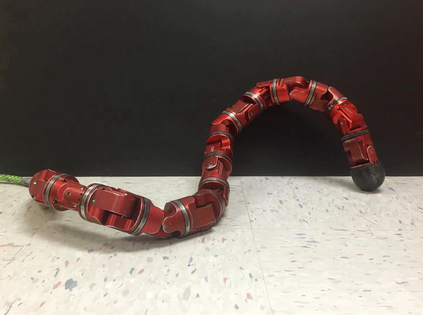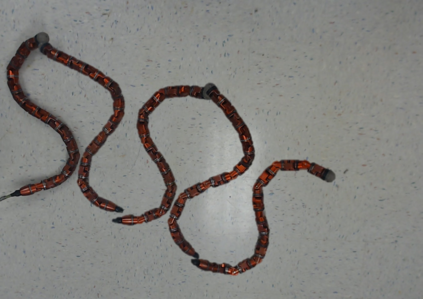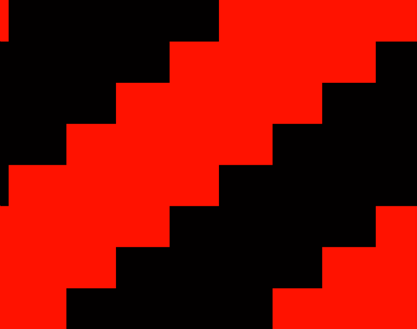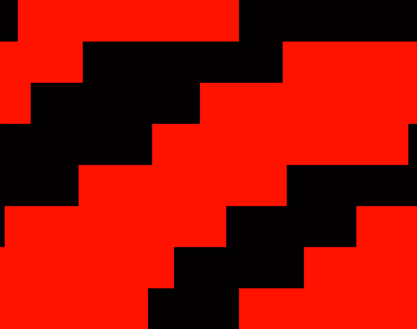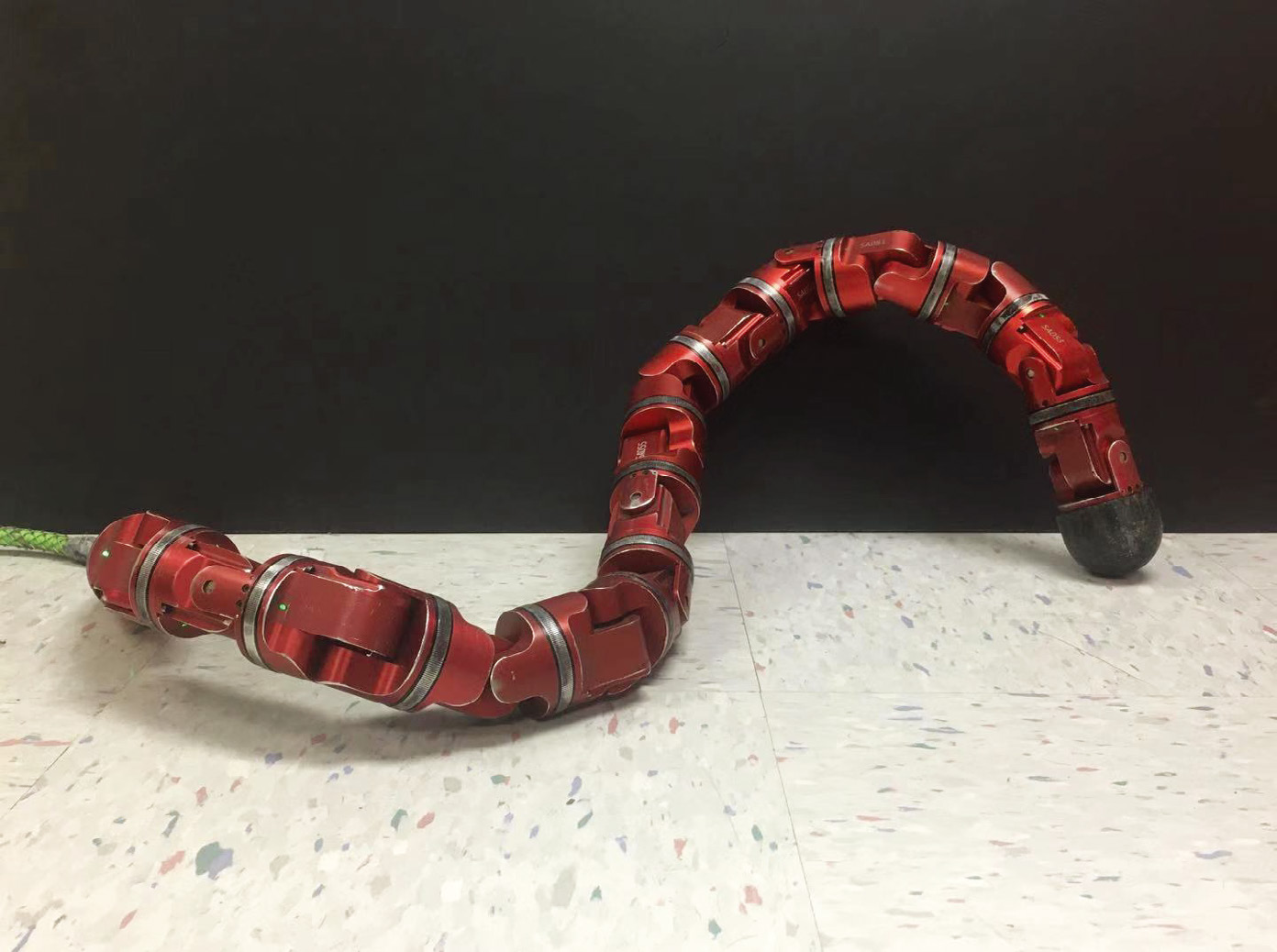Snake robots composed of alternating single-axis pitch and yaw joints have many internal degrees of freedom, which make them capable of versatile three-dimensional locomotion. Often, snake robot motions are planned kinematically by a chronological sequence of continuous backbone curves that capture desired macroscopic shapes of the robot. However, as the geometric arrangement of single-axis rotary joints creates constraints on the rotations in the robot, it is challenging for the robot to reconstruct an arbitrary 3-D curve. When the robot configuration does not accurately achieve the desired shapes defined by these backbone curves, the robot can have undesired contact with the environment, such that the robot does not achieve the desired motion. In this work, we propose a method for snake robots to reconstruct desired backbone curves by posing an optimization problem that exploits the robot's geometric structure. We verified that our method enables accurate curve-configuration conversions through its applications to commonly used 3-D gaits. We also demonstrated via robot experiments that 1) our method results in smooth locomotion on the robot; 2) our method allows the robot to approach the numerically predicted locomotive performance of a sequence of continuous backbone curve.
翻译:由交替的单轴投球和 yaw 关节组成的蛇形机器人具有许多内部自由度, 使蛇形机器人能够进行多功能三维移动。 蛇形机器人运动通常会通过连续的脊柱曲线按时间顺序进行运动规划, 以捕捉想要的巨形机器人。 然而, 单轴旋转曲线的几何安排会限制机器人的旋转, 使机器人很难重建一个任意的三维曲线。 当机器人配置不能准确达到这些脊椎曲线所定义的预期形状时, 机器人可能无法与环境进行不理想的接触, 这样机器人就不会实现预期的动作。 在这项工作中, 我们提出了一个方法, 使蛇形机器人能够通过利用机器人的几何测结构来重建所需的脊椎曲线。 我们核实了我们的方法能够通过对常用的 3D 座曲线的应用来进行准确的曲线配置转换。 我们还通过机器人实验来证明 :(1) 我们的方法可以使机器人在机器人上平滑的振动中取得方法结果; (2) 我们的方法使机器人能够接近一个连续的脊柱状。

